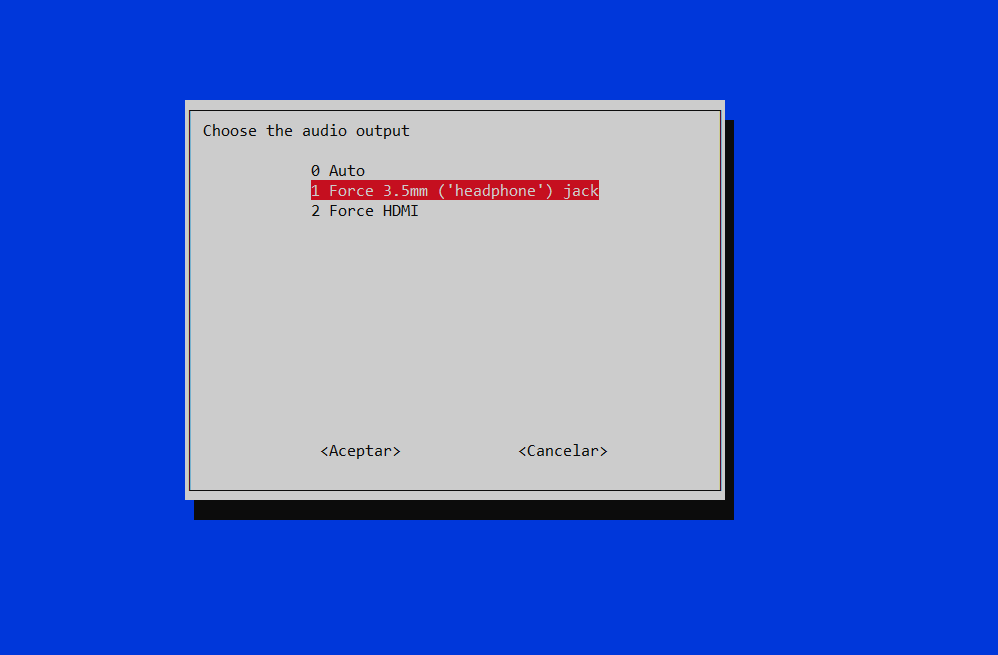You can use regular expressions in PHP with the function preg_match ( string $pattern , string $subject [, array &$matches [, int $flags = 0 [, int $offset = 0 ]]] ) . Only the first two paremeters are mandatory and they are the regex and the string where you want to search respectively.
In case of finding a result, preg_match() returns an array where the item at index 0 is the whole match. From 1 onwards they are placed the different groups of your regular expressions (in case there is any). If no match is found, preg_match() returns null.
One of the details that must be taken into account when using regular expressions on PHP is that they must be enclosed by forward slashes (/), e.g. $multiline_meaning_re = ‘/^([A-za-z ,»().\’;:]+)/’; . This regular expression matches any string with any set of letters, spaces, commas, double and single quotes, parenthesis points, colon and/or semicolon.
As a complete example, the following snippet opens a file, parses it to look for English idioms and uploads all of them a MySQL database.
<?php
$servername = "";
$database = "";
$username = "";
$password = "";
$conn = mysqli_connect($servername, $username, $password, $database);
// Check connection
if (!$conn) {
die("Connection failed: " . mysqli_connect_error());
}
class Idiom {
var $idiom = "";
var $meaning = "";
var $example = [];
function print(){
echo($this->idiom . "<br>" . $this->meaning . "<ul>");
print_r($this->example);
if(count($this->example) == 0 )
echo("ERROR!!!!. There should be at least one example");
foreach ($this->example as $value) {
echo("<li>" . $value . "</li>");
}
echo("</ul>");
}
function upload($conn){
echo("Uploading...");
$example = "<ul class='list-group'>";
foreach ($this->example as $value) {
if($value !== '')
$example = $example . "<li class='list-group-item'>" . $value . '</li>';
}
$example = $example . "</ul>";
$idiom = mysqli_real_escape_string($conn, $this->idiom);
$meaning = mysqli_real_escape_string($conn, $this->meaning);
$example = mysqli_real_escape_string($conn, $example);
$query = 'INSERT INTO idioms (`idiom`, `meaning`, `example`) VALUES ("'. $idiom . '","'. $meaning . '","'. $example . '")';
mysqli_query($conn, $query);
}
}
$file = fopen("idioms.txt", "r") or die("Unable to open file!");
$idiom_meaning_re = '/^([A-za-z,. -\/()\']+):([A-za-z ,"().\';:\n]+)/';
$multiline_meaning_re = '/^([A-za-z ,"().\';:]+)/';
$example_re = '/^\|--([A-Za-z0-9 \',?.-;$\n"]+[^:])/';
$new_idiom = 0;
$new_example = 0;
$idiom = null;
$example = "";
// Output one line until end-of-file
while(!feof($file)) {
$line = fgets($file);
//echo($line . "<br>");
preg_match($idiom_meaning_re, $line, $matches);
if($matches != null){
if($new_example === 1){
array_push($idiom->example, $example);
$new_example = 0;
}
if($idiom != null){
$idiom->print();
$idiom->upload($conn);
}
$idiom = new Idiom;
$idiom->example = [];
$example = "";
$new_idiom = 1;
$idiom->idiom = trim($matches[1]);
$idiom->meaning = trim($matches[2]);
}else{
preg_match($example_re, $line, $matches);
if($matches != null){
if($example !== "")
array_push($idiom->example, $example);
$new_idiom = 0;
$new_example = 1;
$example = trim($matches[1]);
}else{
preg_match($multiline_meaning_re, $line, $matches);
//var_dump($matches);
if($matches != null && $new_idiom){
$idiom->meaning = $idiom->meaning . ' ' . trim($matches[1]);
//echo($idiom->meaning);
} elseif ($matches != null && $new_example) {
$example = $example . ' ' . trim($matches[1]);
} else {
$new_idiom = 0;
$new_example = 0;
}
}
}
}
echo("Closing file");
fclose($file);
mysqli_close($conn);
?>
You can find further information about the preg_match() in the PHP official documentation.
